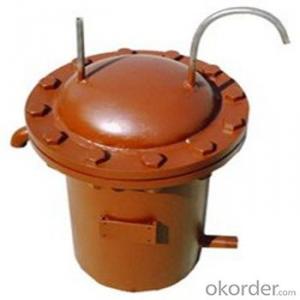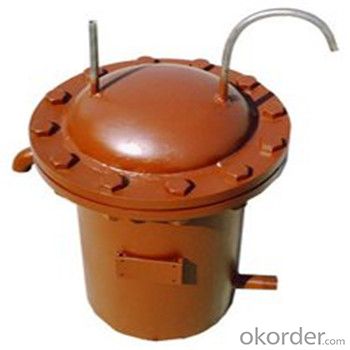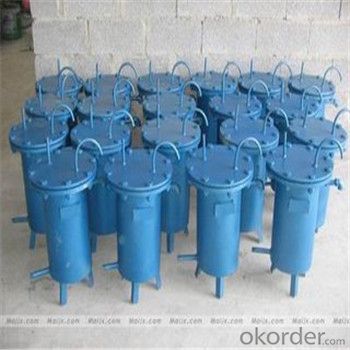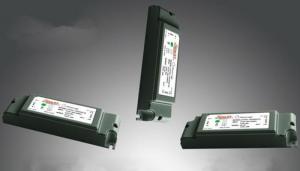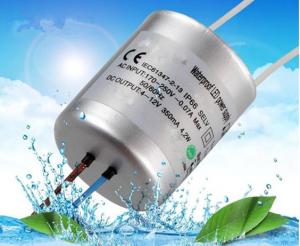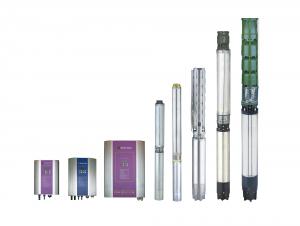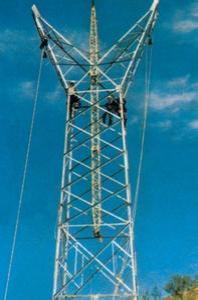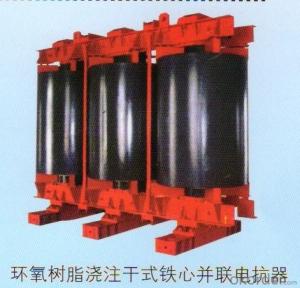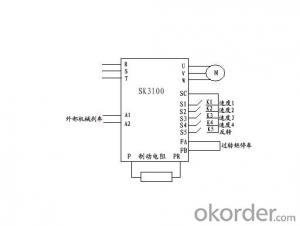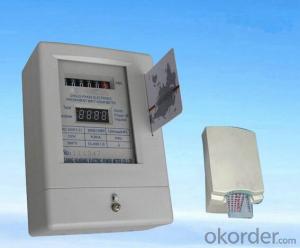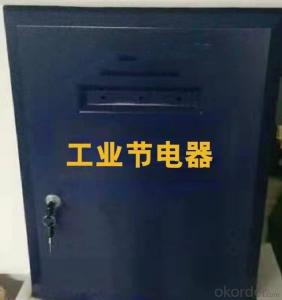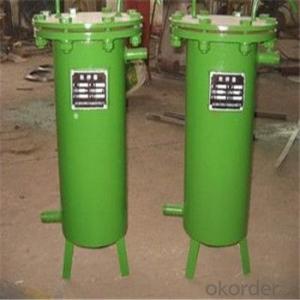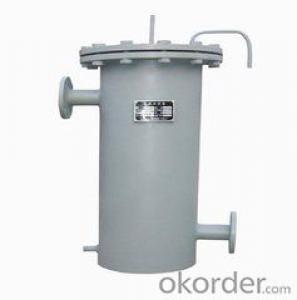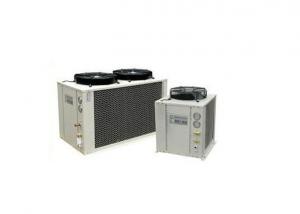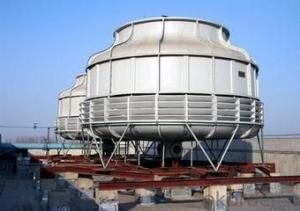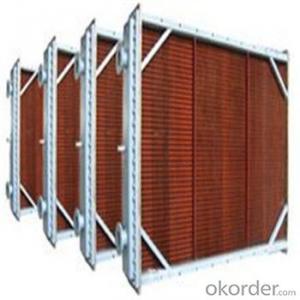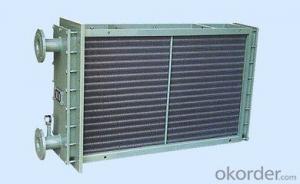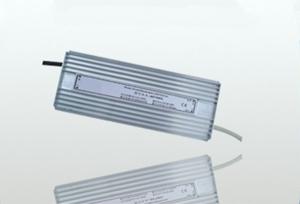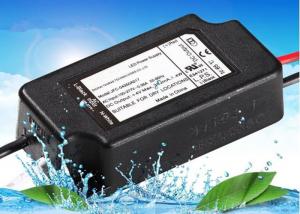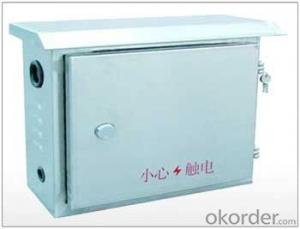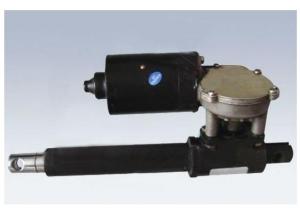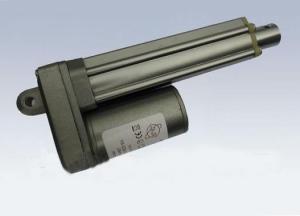Sampling Cooler/ Enfriador de Muestros/ Cooler for Samples for Condensed Water
- Loading Port:
- Nanjing
- Payment Terms:
- TT OR LC
- Min Order Qty:
- 10 set
- Supply Capability:
- 100 set/month
OKorder Service Pledge
OKorder Financial Service
You Might Also Like
Sampling Cooler/ Enfriador de Muestros/ Cooler for Samples for Condensed Water
Applicatons:
Sampling cooler used for boiler room or soda assay sample cooling
power station, the water in the boiler and heating system mostly
higher temperature, and high temperature is not convenient to
sampling, also not easy to determine, in the sample should be cool,
so let's introduce the sample of sampling point sampling cooler for
cooling, general requirements to ensure traffic in the 500-700 ml/min,
the sample can take a 30 to 40 degrees cold, satisfy the People's
Republic of China power industry standard DL/T 457-457.
Features:
1.Sampling tubes adopt stainless steel tube, can not use carbon steel or
brass tube, in order to avoid the sample is in the process of sampling
tube of metal corrosion products pollution.
2.Sampling cooler is suitable for the high temperature of the liquid and
gas media such as sampling, has a compact structure, high heat transfer
efficiency, convenient washing, long service life, etc.
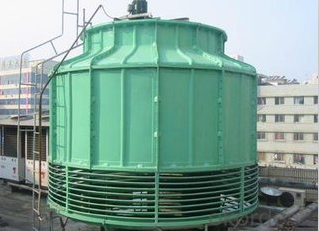
Types of sampling
1. Boiler water sampling
2. Water sampling
After water sampling points generally located in the feed water pump,
high pressure feed pipe economizer before, should be in a small pipe,
vertical pipe to pipe connect water supply samples which led to the
sampling cooler.After water sample tube should be located in feed
water dosing enough to each position.
3. The water sampling
4. The hydrophobic sampling
FAQ
We have organized several common questions for our clients,
may help you sincerely:
①How about your company?
A world class manufacturer & supplier of castings forging in
carbon steel and alloy steel,is one of the large-scale professional
investment casting production bases in China,consisting of both
casting foundry forging and machining factory. Annually more than
8000 tons Precision casting and forging parts are exported to markets
in Europe,America and Japan. OEM casting and forging service
available according to customer’s requirements.
②How to guarantee the quality of the products?
We have established the international advanced quality management
system,every link from raw material to final product we have strict
quality test;We resolutely put an end to unqualified products flowing
into the market. At the same time, we will provide necessary
follow-up service assurance.
- Q: Hello All, I have an electrical equipment (face steamer) which was purchased in India (220 - 240V) and wanted to check, if I could connect this to an electrical outlet in US (producing 110V). Would this cause any damage to the equipment or the outlet ?
- yes, okorder
- Q: I'm enlisted and my MOS is 15Y (Armament/Electrical/Avionics Repairer). I'm going to BCT on 20100203 and AIT right after at Ft. Eustis. I'm excited about learning about armament and avionics. I feel proud and privileged to have a chance to work on the numero uno attack helicopter in the world. I want to know how hard it is to get this MOS(no disrespect to other MOS') I have 3 questions in regards to this1) How does 15Y training look like and can I get a head start for the subjects taught right away.2) I would like to go overseas as a first preference, a warzone where I'm needed the most, but also what is the best non combat station to serve in for this MOS overseas and in United States respectively.3) I'm a college graduate(non-citizen pending citizenship in 6 months) and I would like to go to OCS by the end of 2010. Please let me know the best route to do it.Thank you.
- For the best answers, search on this site
- Q: I don't understand how oil and gas industry has anything to do with electrical engineering jobs??Am I not seeing this because currently I am working as a electronics engineer ? This is how I am thinking about this - Oil and gas industry , digs up oil , provides it to our cars and trucks so they can run. Now I don't understand how or where Electrical engineers come into play into this ?? Please make me understand. I want to know.P.s: I am an entry level electronics engineer, with a degree in Electrical engineering , Currently I am located in Houston, texas.
- A great deal of electric power is used in extracting oil and gas from the ground, transporting it through pipelines, separating and refining the crude products and distributing the products. Electrical engineers design the required electrical equipment and the associated electric power distribution and control systems. In some situations, electric power must be generated on site rather than purchased from electric utility companies. In addition, electrical engineers are involved in the process instrumentation and control system design. The process control includes both computer systems and specialized electronic equipment.
- Q: I will go to American in next month and I need to get some pieces of equipment e.gcamera,digital vedio,so I need someone canlet me know how much walt use in u.s.a .Because we use 210 walt in Hong Kong.I need to bring the adaptor or not.Chelsia Leung
- A lot of electrical equipment being sold now can be adjusted and used with either 110V or 210V. But you still might need to have an adaptor for the plug. The shape of the electrical receptacle may be different in USA from the one in Hong Kong.
- Q: how we can justify or design the voltage rating of any electrical equipment. some motors are 415 v, others are 11kv, 33 kv, motors. ofcourse the current rating will change as per voltage rating. but at what stage of power rating this voltage will change as any standards.
- Motors are designed for the lowest voltage that is practical based on the wire size required at a given power level. Wire size is an issue from the standpoint of the wire feeding power to the motor and the wire used for the coils inside the motor. Since it is inconvenient for users to have factories and other facilities wired for several different voltage levels, there is a market demand for motors designed for higher voltages than would be necessary based on wire size. Therefore, there is considerable overlap of the motor power ranges offered for sale at any given voltage level.
- Q: i have some powerful amps and other electrical equipment in my car and am wondering if all of that is pulling so much that it is affecting performance
- Performance in the sense of miles per gallon? Yes. Performance in the sense of speed? Yes. Powerful amps tend to weigh a lot - and that increases the mass of your car. Is it significant? Depends on your power to weight ratio.
- Q: can you please list me responsibilities of house wiring?for example: make sure you are safe from any electrical equipment, wear gloves.thanks
- You should never work on a circuit that's live or has electricity in it. Always make sure the circuit breaker is shut off and is labeled as being worked on so somebody else doesn't turn it on. Other than that, do the work according to the electrical code in your area.
- Q: How long did it take you to complete? What job do you have now? I am interested in going to school for that and wondering what type of jobs I might have.
- It took me 4 years to complete I am in a leadership development programing at a large aerospace company A lot of my classmates got jobs in the defense industry. Most are working in computer enigneering, rf design, or software
- Q: i am very interested in pursuing a degree in any type of engineer that designs military equipment it can be communication equipment, guns, tanks, grenades, any type of equipment im just wondering what engineer or designer does that type of stuff
- all of them basic weapons- ME chemical - ChemE but not really, mainly chemists electrical - EE
- Q: Hi I have the chance to have a small premises at a garden center I would be allowed to advertise and was thinking of having a small studio thereI already have 2 home studio lights interfit background support and 3 backdrops I would be aiming to photography babies and childrendoes any one know what health and safety regulations i have to follow, what insurances is neededI already have equipment cover including my computer public liability and public indemnitydoes all equipment like the lights and backdrop have to be secured?do i have to have a credit card payment machine? basically i want to know every thingAndrea
- You would need the lighting equipment PAT tested (all 'portable' electrical equipment is required to be tested, this means everything that has a plug attached). This need to be done by a qualified electrician. You'd need public liability insurance (I would imagine the Garden Centre would require this of you as part of the lease). Disability access would need to be ensured. In terms of toilets, wash hand basins, I would imagine that the Garden Centre have facilities for public use of these on the premises, you would not need to provide these as you are not providing refreshments - this is in effect a non-food retail/service use. You'd best be advised to do a risk assessment of the procedure so that any risks/hazards are identified and removed/minimised. This should be clearly documented and reviewed regularly. You have a duty of care under the Health Safety at Work Act 1974 to protect the 'health, safety welfare' of members of the public and a RA is a way of showing how you have done that. You would also need to ensure compliance with RIDDOR (Reporting of Injuries, Diseases Dangerous Occurrences Regulations) if anyone is injured on your premises. Have an accident book document any accidents/near misses. When you do you risk assessment you would need to cover things like trip hazards, risk of electrical shock, falling light stands etc etc to ensure that its all covered. I would recommend visiting the Local Council where you live asking to speak to the Environmental Health Office in Health and Safety. They would be the enforcing Authority for Health Safety matters. They can probably give you some advisory leaflets. In terms of payment, a credit card machine would be more secure and convenient. It will cost money from the card issuers though. You don't HAVE to have one, but many people would prefer the convenience of paying that way. IF you handle cash/cheques, there is more of a risk of loss.
Send your message to us
Sampling Cooler/ Enfriador de Muestros/ Cooler for Samples for Condensed Water
- Loading Port:
- Nanjing
- Payment Terms:
- TT OR LC
- Min Order Qty:
- 10 set
- Supply Capability:
- 100 set/month
OKorder Service Pledge
OKorder Financial Service
Similar products
Hot products
Hot Searches
Related keywords
